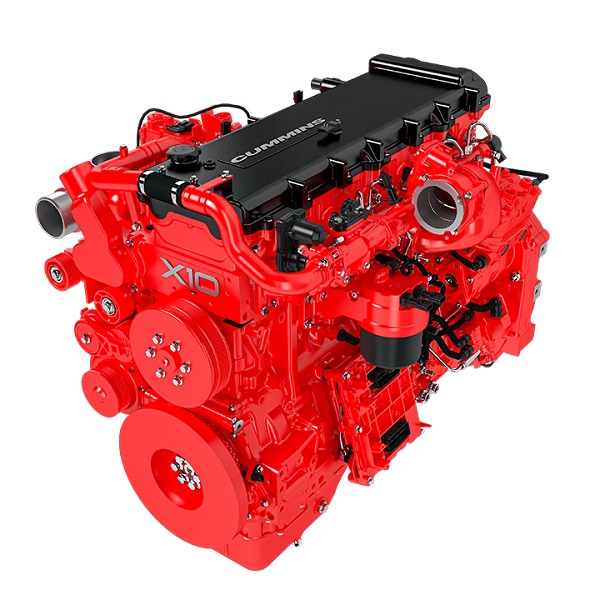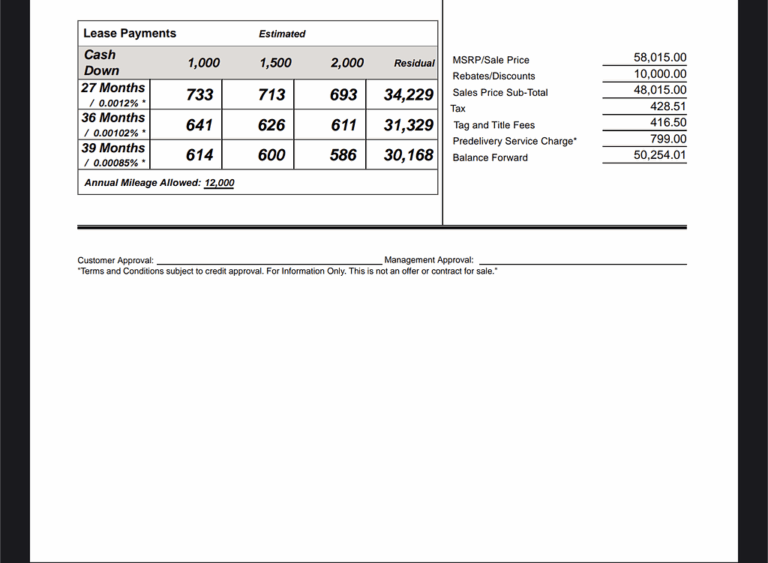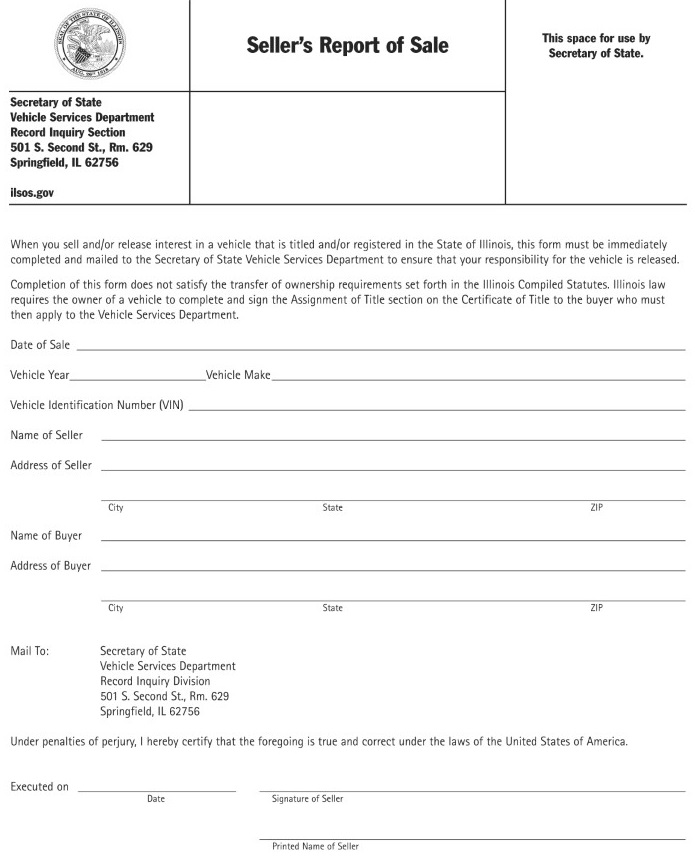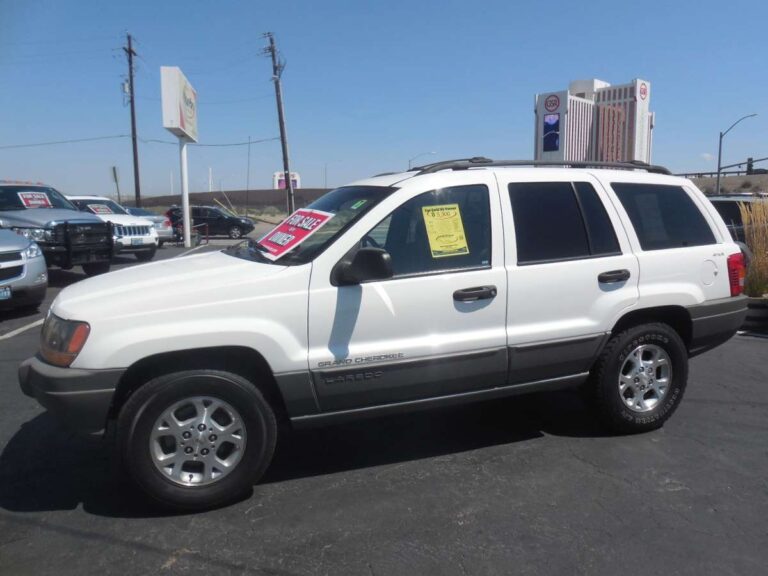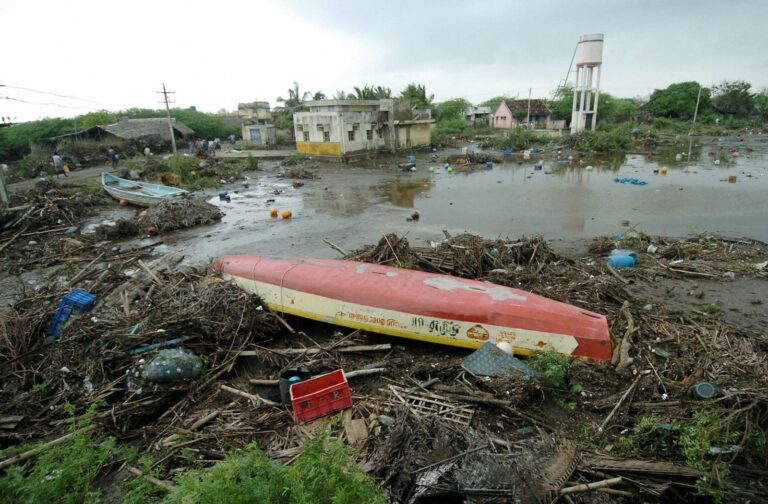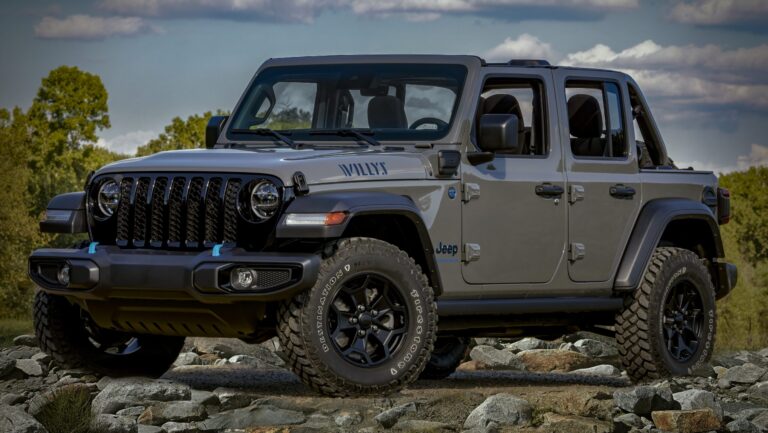How Much Coolant Does A 2013 Jeep Wrangler Hold: A Comprehensive Guide
How Much Coolant Does A 2013 Jeep Wrangler Hold: A Comprehensive Guide jeeps.truckstrend.com
The iconic 2013 Jeep Wrangler, a vehicle synonymous with adventure and rugged capability, relies on a robust cooling system to keep its engine running optimally, whether it’s conquering rocky trails or cruising down the highway. At the heart of this system is the coolant, a vital fluid that prevents your engine from overheating in scorching summers and freezing in harsh winters. Knowing "How Much Coolant Does A 2013 Jeep Wrangler Hold" isn’t just a trivial piece of information; it’s a critical aspect of proper vehicle maintenance that directly impacts performance, longevity, and your safety on the road.
This comprehensive guide will delve into everything you need to know about your 2013 Jeep Wrangler’s coolant capacity, the type of coolant it requires, why these details matter, and how to maintain your cooling system effectively.
How Much Coolant Does A 2013 Jeep Wrangler Hold: A Comprehensive Guide
Understanding Your 2013 Jeep Wrangler’s Engine
Before we pinpoint the exact coolant capacity, it’s essential to understand the engine typically found in the 2013 Jeep Wrangler. For this model year, the vast majority of Wranglers, including the JK and JKU (two-door and four-door models), came equipped with the 3.6L Pentastar V6 engine. This engine, known for its balance of power and efficiency, is a workhorse that demands specific cooling requirements to perform consistently. While some very early JK models might have rarely featured the older 3.8L engine, the 3.6L Pentastar is the standard for 2013, and our discussion will focus primarily on its specifications.
The size and design of an engine directly influence the volume of coolant required. A larger engine, with more internal surface area and components to cool, will naturally have a greater coolant capacity than a smaller one. The 3.6L Pentastar V6 is designed with an efficient cooling jacket and a specific coolant flow path, all dictating its particular fluid volume.
The Crucial Question: How Much Coolant Does A 2013 Jeep Wrangler Hold?
For a 2013 Jeep Wrangler equipped with the 3.6L Pentastar V6 engine, the total coolant system capacity is approximately 10.5 quarts (or about 9.9 liters).
It’s important to clarify what this figure represents. This 10.5-quart capacity is the total volume of coolant the entire system holds when completely drained and refilled – this includes the radiator, engine block, heater core, hoses, and the overflow/recovery reservoir. When performing a routine top-off, you will only be adding a fraction of this amount to the reservoir, bringing the level between the "MIN" and "MAX" marks. However, for a complete coolant flush and fill, you’ll need enough coolant to fill the entire system to this capacity.
Why Coolant Capacity Matters: Beyond Just Filling It Up
Understanding and respecting your Wrangler’s coolant capacity is paramount for several critical reasons:

- Optimal Heat Dissipation: Coolant works by absorbing heat from the engine and dissipating it through the radiator. An insufficient amount of coolant means the engine cannot shed heat effectively, leading to overheating, which can cause severe and costly damage like warped cylinder heads, blown head gaskets, or even engine seizure.
- Protection Against Freezing: In colder climates, coolant, specifically antifreeze, lowers the freezing point of the water in the system. If there isn’t enough coolant (or if the mixture is too diluted), the water can freeze, expand, and crack vital engine components like the engine block or radiator.
- Corrosion Prevention: Modern coolants contain inhibitors that prevent rust and corrosion within the cooling system’s metal components. An inadequate amount of coolant or a system filled with plain water will accelerate corrosion, leading to clogs and leaks.
- Proper Lubrication: While not its primary function, coolant also helps lubricate the water pump, extending its lifespan.
- Engine Longevity: By maintaining the correct operating temperature and preventing corrosion, proper coolant levels and quality contribute significantly to the overall lifespan of your engine and its components.

Types of Coolant for Your 2013 Jeep Wrangler: The OAT Requirement
This is perhaps the most critical piece of information regarding your 2013 Jeep Wrangler’s cooling system: you must use the correct type of coolant. Chrysler/Jeep vehicles from this era, particularly those with the 3.6L Pentastar engine, require Organic Additive Technology (OAT) coolant.
Specifically, Mopar (Chrysler’s parts division) recommends their Mopar Antifreeze/Coolant 10 Year/150,000 Mile Formula, which is a purple-colored OAT coolant. You might also find compatible OAT coolants from other reputable brands that explicitly state they meet Chrysler’s MS-12106 specification.

Key distinctions and warnings:
- Color is a guide, not a rule: While the Mopar OAT coolant is typically purple, some compatible OAT coolants from other brands might be pink or orange. Always verify the chemical specification (OAT, MS-12106) rather than relying solely on color.
- Pre-mixed vs. Concentrate: Coolant is available as a concentrate (100% coolant) or pre-mixed (50% coolant, 50% distilled water). If you buy concentrate, you must mix it 50/50 with distilled water. Never use tap water, as its minerals can cause deposits and corrosion. Pre-mixed coolant offers convenience but is often more expensive per volume.
- DANGER: Do Not Mix Coolant Types! Mixing different types of coolant (e.g., OAT with HOAT, IAT, or Dex-Cool) can lead to catastrophic damage. Their chemical compositions are incompatible and can react, forming a gel-like substance that clogs the cooling system, leading to overheating and extensive engine damage. Always flush the system thoroughly before switching coolant types, though for a 2013 Wrangler, sticking to OAT is the only correct choice.
How to Check and Top Off Coolant in Your 2013 Jeep Wrangler
Regularly checking your coolant level is a simple yet vital maintenance task.
- Safety First: Ensure the engine is completely cool before attempting to check or add coolant. Opening a hot cooling system can release scalding hot fluid and steam, causing severe burns. Wear gloves and eye protection.
- Locate the Reservoir: The coolant overflow/recovery reservoir is usually a translucent plastic tank located on the passenger side of the engine bay, typically near the radiator. It will have "MIN" and "MAX" (or "COLD FILL" and "FULL") lines molded into its side.
- Check the Level: With the engine cold, the coolant level should be between the "MIN" and "MAX" marks.
- Add Coolant (If Needed): If the level is below the "MIN" mark, slowly add the correct type of OAT coolant (50/50 mix if using concentrate) to the reservoir until it reaches the "MAX" line. Do not overfill.
- Check Radiator (Optional, for flush/fill): For a full system check or after a flush, you’ll also need to check the radiator directly. Once the engine is cool, carefully remove the radiator cap (often marked with a warning symbol). The coolant should be visible and full to the neck. If not, top it off there first, then the reservoir. Reinstall the cap securely.
- Monitor: After adding coolant, drive the vehicle for a bit and then recheck the level once the engine cools down again, as air pockets might have shifted.
When to Perform a Coolant Flush and Fill
While topping off is important, a complete coolant flush and fill is necessary periodically.
- Manufacturer Recommendation: For the 2013 Jeep Wrangler with OAT coolant, the recommended service interval is typically 5 years or 100,000 miles, whichever comes first. Some OAT coolants are advertised for longer durations (10 years/150,000 miles), but always refer to your specific coolant product and the owner’s manual.
- Signs of Deterioration: If you notice your coolant is discolored (rusty, murky, or oily), contains particles, or if you detect a sweet smell around your vehicle (indicating a leak), it’s time for a flush, regardless of mileage or age.
- After Cooling System Repairs: Any significant repair to the cooling system, such as replacing the radiator, water pump, or heater core, should ideally be followed by a complete flush and refill to ensure proper system integrity and fill.
DIY Coolant Flush vs. Professional Service
Performing a coolant flush yourself can save money, but it requires careful attention to detail and proper disposal of old coolant.
DIY Considerations:
- Pros: Cost savings, control over the process.
- Cons: Requires specific tools (drain pan, funnel), proper disposal of toxic old coolant (it cannot be poured down the drain), potential for air pockets if not bled correctly, can be messy.
- Crucial Step: Bleeding Air: The 3.6L Pentastar engine is known for being sensitive to air pockets in the cooling system. After a flush, you must properly bleed the air out. This typically involves opening a bleed screw (often located on top of the thermostat housing) while the engine is running and warming up, allowing trapped air to escape until only a steady stream of coolant emerges.
Professional Service Considerations:
- Pros: Expertise ensures a thorough flush and proper refill, specialized equipment for efficient air bleeding, proper and environmentally responsible disposal of old coolant, peace of mind, often comes with a warranty on the service.
- Cons: Higher cost compared to DIY.
For most owners, especially given the importance of proper air bleeding for the 3.6L engine, a professional flush is often the recommended route for peace of mind and to avoid potential issues.
Important Considerations and Tips
- Distilled Water Only: If mixing concentrate, always use distilled water. Tap water contains minerals that can lead to scale buildup and corrosion.
- Never Mix Coolant Types: We cannot stress this enough.
- Monitor Temperature Gauge: Pay attention to your dashboard temperature gauge. If it starts to climb higher than normal, it’s an immediate sign of a cooling system issue.
- Check for Leaks: Periodically inspect hoses, the radiator, and the water pump for any signs of leaks (puddles under the vehicle, sweet smell, white/pink/purple residue).
- Environmental Disposal: Old coolant is highly toxic and must be disposed of properly. Many auto parts stores or municipal waste facilities accept used coolants for recycling.
- Don’t Overlook the Radiator Cap: A faulty radiator cap can cause cooling system issues by not holding pressure correctly. Consider replacing it during a flush.
Table: 2013 Jeep Wrangler Coolant Information
| Feature | Detail for 2013 Jeep Wrangler (3.6L Pentastar V6) |
|---|---|
| Engine Type | 3.6L Pentastar V6 |
| Coolant Capacity (Total) | Approximately 10.5 Quarts (9.9 Liters) |
| Recommended Coolant Type | OAT (Organic Acid Technology) |
| Mopar Specification | MS-12106 |
| Typical Coolant Color | Purple (Mopar), Pink, or Orange (Compatible OAT) |
| Mix Ratio (if concentrate) | 50% Coolant / 50% Distilled Water |
| Maintenance Interval (Flush) | Every 5 years or 100,000 miles (refer to owner’s manual & coolant product) |
| Estimated Coolant Cost (per Gallon) | $20 – $35 (for concentrate or pre-mix, depending on brand/retailer) |
Frequently Asked Questions (FAQ)
Q: Can I use any coolant in my 2013 Jeep Wrangler?
A: Absolutely not. You must use OAT (Organic Acid Technology) coolant that meets Chrysler’s MS-12106 specification. Using incompatible coolants can cause severe damage to your cooling system and engine.
Q: What happens if I accidentally mix different types of coolant in my Wrangler?
A: Mixing incompatible coolants can lead to chemical reactions that form a gel-like substance, clogging your cooling system, causing overheating, and potentially leading to extensive engine damage. If this happens, flush the system immediately and refill with the correct OAT coolant.
Q: How often should I check my coolant level?
A: It’s good practice to check your coolant level regularly, ideally monthly or before any long trips. This helps catch low levels early before they become a problem.
Q: My coolant reservoir is empty, but the radiator seems full. What does that mean?
A: If the radiator is full but the reservoir is empty, it could indicate a minor leak in the reservoir or its hose, or simply evaporation over time. Top off the reservoir to the MAX line. If it continues to drop, investigate for leaks. If the radiator itself is also low, you likely have a more significant leak.
Q: Is it okay to just add water if my coolant is low?
A: In an absolute emergency, adding a small amount of distilled water can get you to a service station. However, consistently adding only water will dilute the coolant’s protective properties (antifreeze, anti-corrosion) and should be avoided. Always use a 50/50 coolant/distilled water mix or pre-mixed coolant for topping off.
Q: How do I bleed air from the cooling system of my 3.6L Pentastar Wrangler after a flush?
A: The 3.6L Pentastar is prone to air pockets. You’ll need to locate the bleed screw (often on top of the thermostat housing). With the engine cool and cooling system filled, start the engine with the heater on high. Once warm, carefully open the bleed screw until a steady stream of coolant (without air bubbles) comes out. Close the screw, let the engine cool, and recheck the reservoir level. Repeat if necessary.
Conclusion
Understanding "How Much Coolant Does A 2013 Jeep Wrangler Hold" is more than just knowing a number; it’s about appreciating the vital role this fluid plays in your vehicle’s health. By using the correct OAT coolant, maintaining proper levels, and adhering to recommended flush intervals, you’re not just performing routine maintenance – you’re safeguarding your engine against extreme temperatures, corrosion, and premature wear. A well-maintained cooling system ensures your 2013 Jeep Wrangler continues to deliver reliable performance and endless adventures for years to come.


